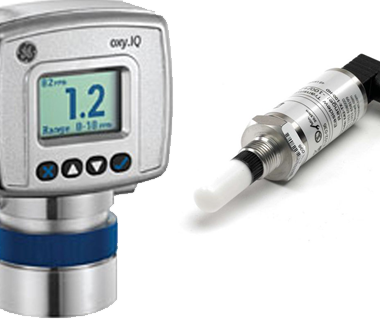No products in the cart.
Environment, Health and Safety Manual – Chapter 02.05: General Policies – Ergonomic Program
Title
Environment, Health and Safety Manual – Chapter 02.05: General Policies – Ergonomic Program
Overview
Introduction
The University of North Carolina at Chapel Hill is committeed to providing a safe and healthful environment fo its
employees by developing an ergonomic program (for details see the ergonomics web pages).
Definition
Ergonomics is a multidisciplinary activity dealing with the interactions between a person and their work environment.
Background Information
Ergonomic Stressors
Poor workplace designs can present ergonomic risk factors called stressors. These stressors include but are not
limited to repetition, force, and extreme postures.
- Repetition: Is the number of motions or movements that are performed per cycle or per shift.
- Force: Is the muscles used to produce force in order to perform necessary activities such as lifting, grasping,
pinching, pushing, etc. - Extreme Postures: Is when muscles are required to work at a level near or at their maximum capacity.
Employee exposure to these stressors can cause injury or some type of musculoskeletal disorder.
Symptoms of Musculoskeletal Disorders (MSD)
Symptoms of MSD identify that an ergonomic hazard is present. There may be individual difference in susceptibility
and symptoms among employees performing similar tasks. Any symptoms are to be taken seriously. The following list of
symptoms can be but are not limited to:
- Numbness
- Tightness
- Tingling
- Swelling
- Pain
- Stiffness
- Redness
Work Strategy Controls
When an ergonomic hazard has been identified, the Environment, Health and Safety Office will work with the department
in eliminating or minimizing the hazard. There are two general approaches to controlling ergonomic hazards:
Engineering and Administrative.
- Engineering Controls: Are changes made to the workstations, tools, and/or machinery that alter the physical
composition of area or process. - Administrative Controls: Are changes made to regulate exposure without making physical changes to the area or
process, for example taking frequent breaks and job rotations.
Responsibilities
All employees are responsible for attending training on ergonomics via the EHS online
orientation and for following proper work practices.
Departments are responsible for providing sufficient resources to implement ergonomic recommendations in a timely
manner as well as ensuring that employees are properly trained.
The Department of Environment, Health and Safety is responsible for evaluating and monitoring the ergonomic program
including assessing the nature and extent of ergonomic hazards, recommending ways of minimizing or controlling these
hazards, and support the University in consultation and direction regarding ergonomics. The Department of Environment,
Health and Safety is also responsible for ensuring that training on ergonomics is available to all employees.
Medical Management
If an employee is experiencing any signs or symptoms of musculoskeletal disorders, the employee is to report their
symptoms to their supervisor and call the University Employee Occupational Health Clinic (UEOHC) for a medical
evaluation. The UEOHC will advise the employee, their supervisor, and the Department of Environment, Health and Safety
of the necessary follow-up.
Training
The Department of Environment, Health and Safety will provide ergonomic training to all employees in the EHS On-line
Orientation Program. The training program will include but not be limited to definition of ergonomics, ergo stressors,
types of musculoskeletal disorders (MSD), symptoms of MSD, reporting, and work strategy control. These programs are
also added to the Department of Environment, Health and Safety website for reference and future training. Job specific
ergonomic training programs will be presented to Departments upon request.
Obtaining Assistance
Employees, Supervisors, Department Heads, and/or UEOHC may request an ergonomic assessment of work area(s) or work
process(es) by contacting the Department of Environment, Health and Safety at 919-962-5507. The staff will conduct an
ergonomic evaluation and provide written documentation for eliminating or reducing ergonomic risk factors to the
employee and their supervisor.
Contact Information
Policy Contact
Environment, Health and Safety
1120 Estes Drive
Campus Box #1650
Chapel Hill, NC 27599-1650
Phone: 919-962-5507
Back to Chapter 02.04 – Purchase
Review by Environment, Health and Safety
Proceed to Chapter 02.06 – Office
Safety and Health





